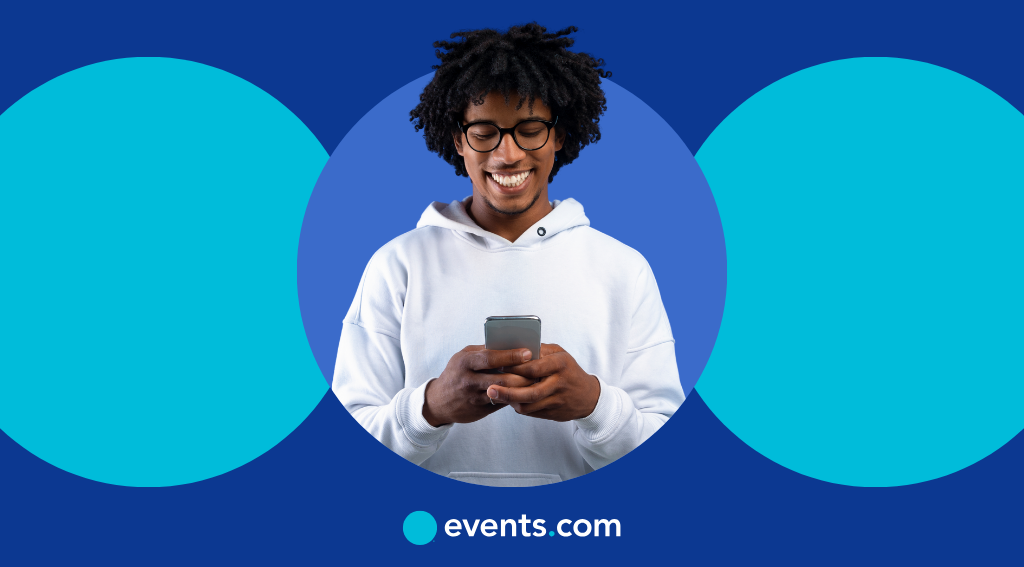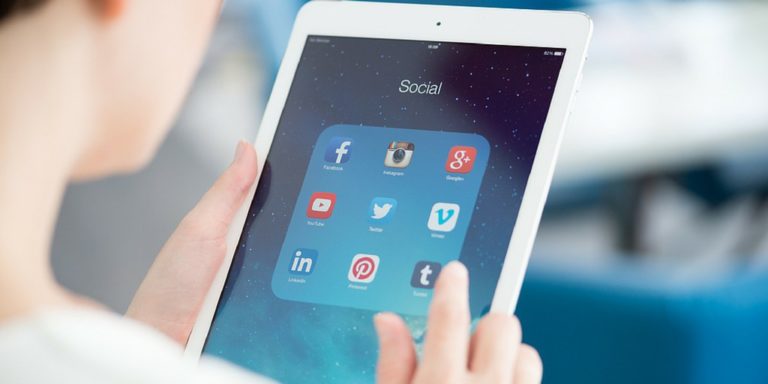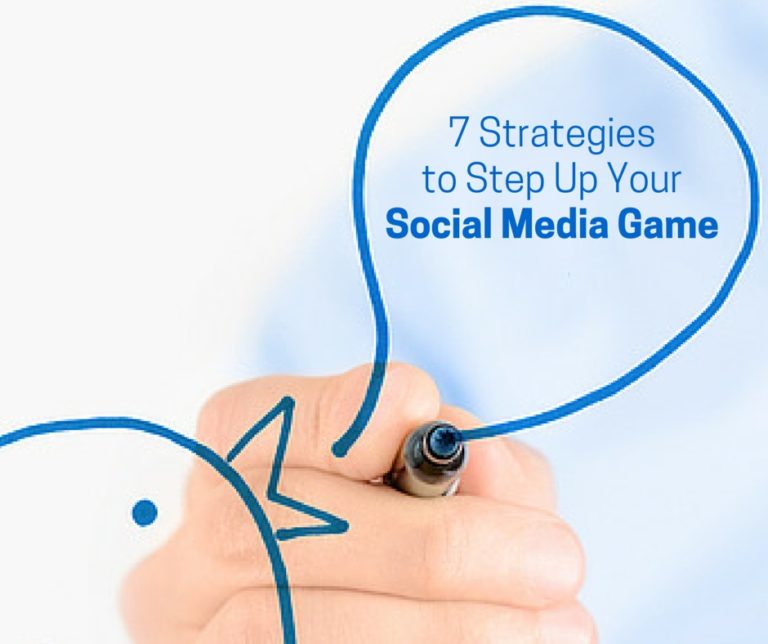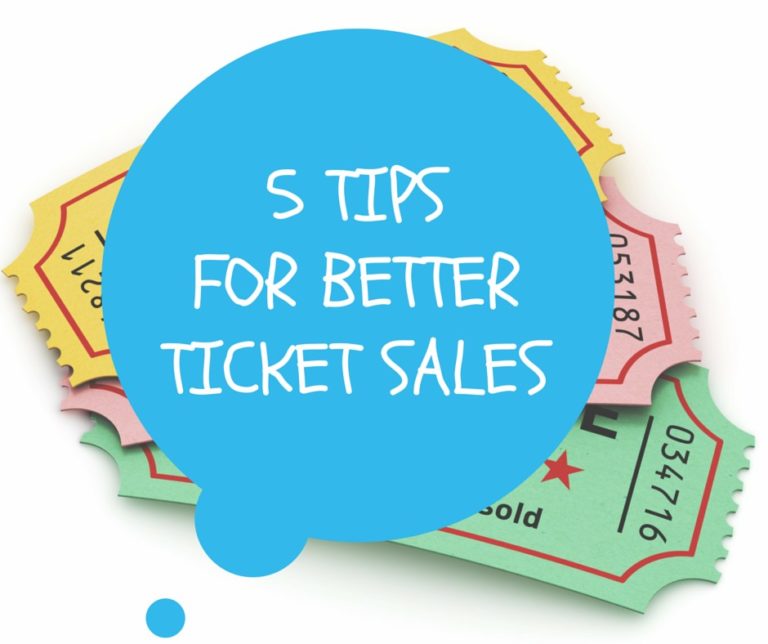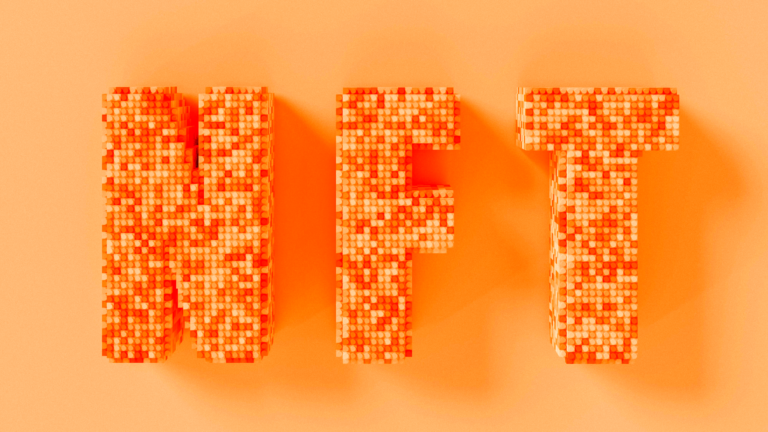Your event email’s success hinges on the subject line. It’s the first thing recipients see, and in a split second, they decide whether to pay attention or move on. According to Blogging Wizard, 47% of recipients open emails based on the subject line alone, while 69% will mark them as spam if the line misses the mark (BloggingWizard). Translation: your carefully crafted agenda, speaker lineup, or discount code might never even be seen if the subject line falls flat.
The truth is, event email subject lines aren’t just about being clever. They’re about strategy. They set the tone, create urgency, and tap into that very human fear of missing out. Done right, they turn a casual glance into an eager click. Done wrong, they push your email into the digital abyss of “maybe later” (which usually means never).
This guide breaks down the principles, goals, and real examples behind event email subject lines that actually get opened. We’ll show you how to turn that single line of text into your event’s most powerful conversion tool.
| Event email subject lines are the first thing recipients see and the biggest factor in open rates. The best ones balance clarity, urgency, and relevance, tailored to invitations, reminders, and follow-ups, to boost engagement and attendance. |
What this guide covers
- Core principles that make event email subject lines perform.
- Subject line strategies tailored to invitations, reminders, and follow-ups.
- 55 real examples across formats — formal, fun, urgent, FOMO, and virtual.
- Pro tips and mistakes to avoid, so every event email subject line earns the open.
Core principles of high-performing event email subject lines
Before we dive into examples, let’s get the foundations right. A great event email subject line follows principles that balance psychology, clarity, and timing. Think of these as the rules of the road: ignore them, and your email risks crashing into the spam folder. Follow them, and you’ll give every message a fighting chance to get opened.
A) Match the tone to the event
Think of the subject line as the opening line of a speech. Too stiff and you lose the room, too casual and you lose credibility. The trick is to match the tone to the kind of event you’re running, because the subject line sets the expectation for everything that follows.
For example, if you’re hosting a formal leadership summit, your subject line should sound polished and authoritative:
“Exclusive Leadership Summit: Shaping the Future of Finance.”
On the other hand, if it’s a fun networking mixer, a lighter, playful tone works better:
“Drinks, Deals, and New Faces — Your Invite Awaits!”
The tone isn’t about your personal style but about what your audience expects and what the event promises, and how your brand naturally speaks. When your subject line aligns with all three, the click feels natural, not forced. When the tone of your subject line aligns with the experience you’re offering, the click feels natural, not forced.
B) Use urgency wisely
Urgency is a proven motivator, but it loses power if it’s overused. A subject line like “Register now — seats are almost gone!” can nudge someone into action. But if every email sounds like a five-alarm fire, readers will start tuning you out faster than you can hit “send.”
Save urgency for when it’s genuine: early bird pricing ending, limited VIP spots, or the final countdown to event day. Used sparingly, urgency sparks attention and clicks. Overdo it, and it conditions your audience to ignore you.
For event professionals, the rule of thumb is simple: urgency should highlight opportunity, not desperation.
C) Tap into FOMO (fear of missing out)
FOMO has been a marketing classic for decades, and it still works. Nobody likes feeling left out, especially when their peers are networking, learning, or celebrating without them. A subject line like “See who’s already attending…” piques people’s curiosity. “Your VIP seat is waiting” makes them hesitate before hitting delete.
The key is to highlight what they’ll miss, such as exclusive access, big-name speakers, or can’t-miss opportunities. Done well, FOMO reframes an email from optional to urgent, creating a natural pull that compels your readers to participate.
D) Make it informative
Sometimes clarity wins over cleverness. Informative subject lines earn attention by delivering value upfront. An informative subject line like “Agenda released: 10 sessions you can’t miss” or “Keynote: Dr. Smith on the Future of AI” tells your reader exactly what’s inside, signaling relevance before the email is even opened. That transparency builds trust and positions your event as credible.
Not every email needs to tease or joke its way into an open. Sometimes the most professional move is the simplest one: tell them what they’ll get.
E) Personalize your subject lines
Personalization works because relevance earns attention. It makes people feel seen, and even something as simple as adding a first name can lift open rates. “Sara, your exclusive pass to London’s biggest fintech event” feels like an invitation, not a broadcast.
But personalization goes beyond names. It can mean referencing their city, industry, or role. Done well, it signals: this event is for you. Done poorly (or overdone), it feels gimmicky. Balance is everything.
F) Segment & target your audience
One-size-fits-all rarely fits anyone well, especially in the inbox. A first-time attendee doesn’t need the same subject line as a returning VIP. Sending everyone the same message is like giving out the same T-shirt size at registration. Some will fit; most won’t.
VIPs may respond to exclusivity, newcomers to guidance, and repeat attendees to recognition. When subject lines reflect these distinctions, they feel relevant rather than routine. Segmentation makes subject lines sharper, and sharper lines drive higher open rates.
These principles set the baseline for effective subject lines. The application, however, changes with intent. You don’t have to use every one in every email, but knowing when to pull the levers of tone, urgency, or personalization makes all the difference. With the basics in place, you’re ready to see how subject lines shift depending on your goal.
Event email subject lines by goal
Not every event email subject line plays the same role, and they aren’t interchangeable. Each stage of the event journey has a different objective: attract, remind, and re-engage. If you treat all three the same, you’ll end up with flat engagement. Here’s how to tailor your subject lines based on the job they need to do.
A) Event invitations
| Goal | Example | Why it works |
| Drive registrations | “Tickets for this year’s [Event] are now live 🎟️”“Save your spot at [Event Name] before it sells out.”“Early bird pricing ends tonight!” | Invitations are your first shot at attention, so they need to strike a balance between excitement and clarity. They set the tone for the event and frame the opportunity as both valuable and time-sensitive. The message should be clear, credible, and direct— and if you want more guidance, check out our 10 Tips for Writing an Event Invitation Email for practical advice. |
B) Event reminders
| Goal | Example | Why it works |
| Boost attendance | “You’re just 2 days away from [Event Name] 🚀”“Don’t forget: [Event] goes live tomorrow at 5 PM.”“Here’s your check-in link for [Event].” | Registration doesn’t guarantee attendance. People forget. Calendars get messy. Reminder subject lines keep your event top-of-mind and make it harder to ignore. They should reduce friction and reinforce commitment, turning a registration into an attendance. Use countdowns, check-in links, or teasers to encourage registrants to take action. The subject line should highlight proximity (“2 days away”) or provide utility (direct access links). |
C) Post-event email follow-ups
| Goal | Example | Why it works |
| Post-event email follow-ups (engagement & feedback) | “Thanks for joining us — we’d love your feedback!”“Catch the replay of [Event] 📽️”“Here’s what’s next after [Event Name].” | Once the event has wrapped up, strategic follow-ups sustain momentum. They acknowledge participation, capture insights, and guide attendees toward continued engagement. Subject lines should be appreciative and action-oriented, signaling that the relationship extends beyond the event. Keep them warm, personal, and forward-looking. |
When your subject lines match the stage of the event journey, they stop feeling like noise and start feeling like part of the experience. Invitations excite, reminders nudge, and follow-ups build loyalty. Get these three right, and every campaign feels intentional instead of transactional.
55 catchy event email subject line examples
Principles are great, but sometimes you just need inspiration you can copy, paste, and tweak. Below are 55 event email subject line examples grouped into categories, providing you with templates that you can adapt directly to your event’s needs.
A) Formal & professional
| Examples | Goal | Real use case | Why it works |
| “Leadership insights you won’t hear anywhere else”“Alex, your invite to the 2025 strategy forum”“New keynote: [Speaker Name] joins [Event]”“What [Industry] leaders are preparing for in 2025”“Join the executive roundtable shaping [Industry]’s future”“Thank you for joining [Event Name] — here’s what’s next”“Your exclusive post-event report is ready”“Agenda highlights: 5 sessions for senior decision-makers”“Network with peers driving change in [Industry]”“Early access: 2025 [Event Name] program revealed”“Your invitation to a conversation that defines what’s next” | Audiences require subject lines that convey credibility and authority. | Summits, conferences, executive roundtables, industry forums. | Professional audiences expect clarity and authority. These lines emphasize exclusivity, thought leadership, and tangible value without gimmicks. |
B) Fun & casual
| Examples | Goal | Real use case | Why it works |
| “Good people, strong drinks, zero boring speeches 🍸”“The only after-work plan you’ll actually enjoy”“Ready to party (and network) with us? 🎉”“You bring the stories, we’ll bring the snacks”“Meet, mingle, and maybe dance — [Event Name] is on”“RSVP to the night everyone’s talking about ✨”“Bring your energy — we’ll handle the rest”“So… are we seeing you at the mixer or what? 🍷”“No suits. no slides. just good vibes.”“That was a blast 🎉 thanks for coming along”“Pics, highlights, and a little thank-you 🍸” | Casual events benefit from light, approachable subject lines. The goal is to reduce formality and encourage openness. | After-work mixers, community meetups, celebration parties (launches, anniversaries), informal workshops or creative jams. | Informal subject lines signal that the event is approachable, lively, and people-focused. They strip away formality and invite readers to relax while still highlighting the networking payoff. |
C) Urgency-driven
| Examples | Goal | Real use case | Why it works |
| “Early bird pricing ends tonight — don’t wait ⏰”“Just 24 hours left to save your spot”“We’d hate for you to miss out — 3 days left”“Registration closes tomorrow — are you in?”“Almost full: grab your seat while you still can”“Down to the last few spots — join us?”“Time’s running out, but there’s still room for you”“Doors are closing soon… we’d love to see you inside”“Countdown’s on: [event name] starts in 2 days”“Replay available for 48 hours — don’t miss it”“Last chance to share your feedback on [Event Name]” | Sometimes a little pressure is the push people need. Urgency should be tied to a real deadline. Just don’t overdo it. These subject lines highlight time sensitivity while remaining credible. | Limited-capacity workshops, ticketed concerts, training sessions, registration-based webinars. | Urgency taps into loss aversion. People don’t want to miss out on savings or access. The key is keeping it real: tie urgency to actual deadlines or capacity limits. |
D) FOMO / exclusive access
| Examples | Goal | Real use case | Why it works |
| “See who’s already signed up — will we see you too?”“We saved you a seat at the table”“Your peers are in the room — join the conversation”“This is where the big connections get made”“200+ leaders confirmed — don’t sit this one out”“Inside access: meet the people shaping [industry]”“The conversations start here — be part of it”“London leaders are gathering — will you be there?”“The event everyone will be talking about”“See what everyone’s still talking about — highlights inside”“Your peers rated [Event Name] — here’s what they said” | People hate missing out, especially if their peers are already in. Exclusivity creates pull. These subject lines frame attendance as a unique opportunity. | Invite-only dinners, leadership retreats, VIP networking events, closed-door panels | These subject lines lean into exclusivity and social proof. They frame the event as a space where valuable conversations and opportunities are already happening, and the reader risks missing them. |
E) Virtual & hybrid events
| Examples | Goal | Real use case | Why it works |
| “Join [Event Name] live from wherever you are 💻”“Your front-row seat is just a click away”“Travel optional, insights guaranteed”“Can’t join in person? stream it online”“One event, two ways to connect — online or onsite”“Network from your desk, engage like you’re in the room”“Stream [Event Name] live — simple, seamless, flexible”“Hybrid access: same experience, your choice of format”“Virtual or in-person, the value is the same”“Replay [Event Name] sessions from anywhere 💻”“Couldn’t make it live? catch the best moments online” | For virtual events or hybrid events, subject lines must emphasize flexibility, value, and inclusivity. | Webinars, hybrid conferences, live-streamed summits, on-demand workshops. | Virtual and hybrid subject lines emphasize convenience, flexibility, and inclusivity. They remind readers that value doesn’t require travel, participation is just a click away. |
Subject lines don’t have to reinvent the wheel. They just have to get the click. Think of these examples as starting points. Tweak them for your audience, event type, and tone, and you’ll have a subject line that feels tailored instead of templated.
Pro tips for writing event email subject lines
Once you’ve got the basics down, it’s the minor adjustments that separate a decent event email subject line from one that drives sky-high open rates. These are the best tips that seasoned event marketers obsess over, as they consistently move the needle.
1) Keep it under 60 characters: Most emails are opened on mobile devices, and content exceeding 60 characters risks being cut off. Shorter lines also force you to distill your message to its strongest hook.
2) Use a real sender name: Emails “from” a person perform better than emails from a faceless brand. A subject line paired with a human sender creates trust and cuts through the corporate noise.
3) Lean on numbers and emojis (strategically): “5 Big Reasons to Join [Event]” or “Last Chance 🎟️” stand out visually and cognitively. Numbers promise structure, while emojis draw the eye in crowded inboxes. The trick is moderation: one emoji can add personality, while five look like spam.
4) Optimize send times: A great subject line can flop if it lands at the wrong time. Use data to identify when your audience opens emails most often, then schedule accordingly.
5) A/B test for continuous improvement: Don’t assume you know what works: test it. Try two subject line variations with small audience splits, measure the open rates, and roll out the winner to the rest of your list.
6) Connect emotion to action: Curiosity, excitement, and exclusivity drive clicks. Compare “Reminder: Company Mixer Tomorrow” with “Tomorrow: Drinks, Music, and the Networking You Actually Want 🍸” The latter builds interest by hinting at a value the reader can’t afford to miss.
None of these tips requires a huge lift, but together they can transform results. The real takeaway? Keep testing, keep iterating, and never assume the “perfect” subject line exists, because the best one is always the next one you’ll test.
Mistakes to avoid in event email subject lines
Even the catchiest subject line can flop if you fall into the common traps. These mistakes hurt credibility, reduce open rates, and weaken engagement. The good news is that they’re easy to spot and even easier to avoid once you know what to look for.
1) Overusing caps or exclamation points: “REGISTER NOW!!!” feels more like spam than urgency. Excessive punctuation makes your email look unprofessional and risks having it blocked by spam filters.
2) Using spammy words: Words like “FREE” or “URGENT” can be red flags for spam filters if they’re overused or lack context. The difference comes down to credibility. “Early Bird Pricing Ends Tonight” feels real; “FREE!!! Hurry URGENT!!!” screams junk. Use strong words sparingly and tie them to genuine deadlines or offers, otherwise, readers will tune out.
3) Being too vague or generic: Subject lines like “Exciting news inside” don’t tell people why they should open. Without context, they get skipped.
4) Copy-pasting the same subject line repeatedly: Repetition makes you predictable. If every reminder says “Don’t miss [Event],” your audience stops paying attention.
5) Over-promising and under-delivering: If the subject line promises “Exclusive VIP Access” but the email is just a generic agenda, you erode trust. Once trust is gone, future emails struggle to perform.
Most of these mistakes stem from trying too hard, characterized by excessive hype and too many shortcuts. The safest bet is to keep it clear and human. Your audience will reward you with opens, clicks, and actual attendance.
Mastering event email subject lines
Event email subject lines may look small, but they carry big weight. Crafting effective event email subject lines isn’t about tricks but clarity, timing, and a tone that matches your audience. A subject line is only a few words, but it can decide whether your message gets opened or ignored. Treat it as the first impression of your event experience, and make every word earn its place.
Once you’ve nailed the inbox, you need an event platform that delivers on the promise. With Events.com you can organize in-person, virtual, or hybrid events, all on one platform. From registration to engagement, it’s built to make your events seamless.
Ready to see it in action? Book a demo today and discover how easy it is to plan, promote, and host unforgettable events.
Event email subject lines FAQs: your top questions answered
1. How far in advance should I send event emails?
Most planners start 6–8 weeks before the event with a “save the date” email, followed by invitations, reminders, and last-call subject lines closer to the day.
2. Do event email subject lines work differently for B2B vs. B2C?
Yes. B2B audiences respond better to professional, informative subject lines, while B2C audiences often engage more with fun, casual, or emoji-driven lines.
3. How can I test which subject line works best?
Run A/B tests by sending two versions of your event email subject line to small audience segments. Track open rates, then roll out the winner to the full list.
4. What makes a good post-event email subject line?
Post-event subject lines should feel appreciative and forward-looking. Examples include: “Thanks for joining us — we’d love your feedback” or “Catch the replay of [Event Name].” The goal is to keep the relationship warm and guide attendees toward next steps.
